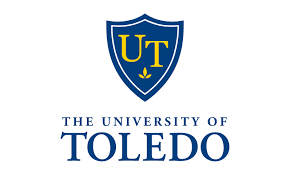The 15 Best Online Master’s in Liberal Arts and Sciences will give you a broader understanding of the world.

Most university students examine one field using a single lens. In doing so, they are liable to limit their capabilities. With a liberal arts and sciences degree, you can look at many areas using just as many lenses. This ultimately allows you to market yourself as many things because you are many things, making you a more capable and well-rounded individual.
What Is a Master’s in Liberal Arts and Sciences Degree?
A master’s in liberal arts and sciences is both a multi-faceted path of study and a way of thinking that informs your every decision. With a liberal arts degree, you’ll learn crucial skills such as writing, critical thinking and analytical skills, and problem-solving skills.
Look at it this way. You’re in a hallway with many doors. A CEO walks into one door, and a politician walks into another door. With a master’s in liberal arts and sciences degree, you can confidently walk through any of those doors. Even if you don’t have the hard skills, you can adapt and learn anything and everything.
How Much Can You Earn with a Master’s in Liberal Arts and Sciences Degree?
Earnings vary greatly with what you decide to do with this degree. According to Arizona State University, some of the top career prospects for graduates are editors, journalists, paraprofessionals, publicists, and policy analysts.
According to Glassdoor:
- The base pay for a policy analyst is $58,000, while the base pay for a senior policy analyst is $69,000
- The base pay for a journalist is $44,000
- The base pay for an editor is $55,000
- The base pay for a publicist is $49,000
- The base pay for a paraprofessional is $27,000.
What Is Required for a Master’s in Liberal Arts and Sciences Degree?
To gain admission to a graduate program in liberal arts, most schools will expect you to have:
- A 3.00 GPA (B average) out of 4.00 in your undergraduate coursework, as proved in your official transcripts
- Strong letters of recommendation
- GRE scores
- A purpose statement or letter of interest
- A resume or biographical statement
To graduate with a master’s degree, you’ll take courses in many fields, including literature, religion, philosophy, and the social sciences. Many schools will ask you to take several electives, which you can choose from their course catalogs.
What Are the Best Master’s in Liberal Arts and Sciences Degrees?
OSR uses six data points: three school-wide and three program-specific. For school-wide, OSR uses Student Satisfaction, Admission Rates, and the number of programs the school offers online. For program-specific, OSR checks the Median Debt of graduates from that program, how many degrees are offered within that program’s umbrella department, and what percentage of students at that school graduated from that department.
The six statistics are displayed by each school. The sliding bar under each statistic represents how that school compares to other US institutions. “Not reported” means a school did not release that information to the US Department of Education. A more detailed description of the OSR process can be found on the methodology page.




















